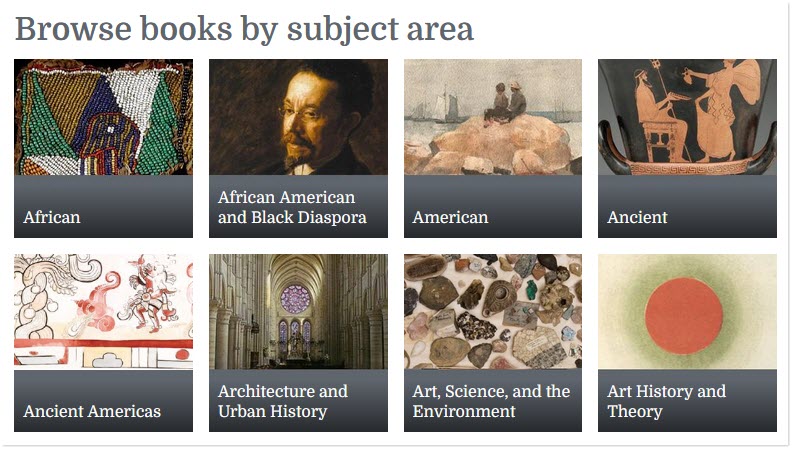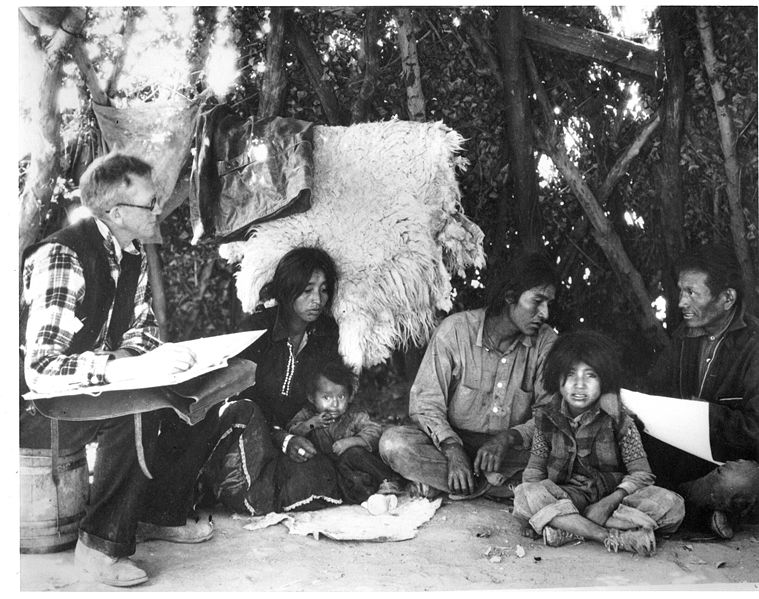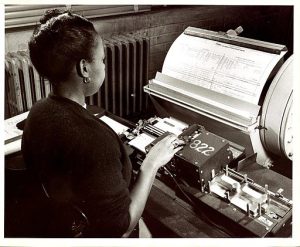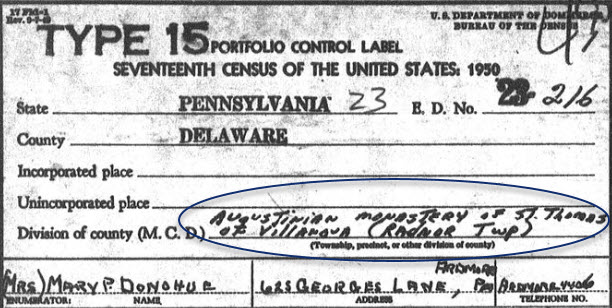The Visual Representation of Data
By Jutta Seibert

Elmer R. Kottcamp, Weather
Vane, c. 1941, watercolor and
graphite on paper, 43.9 x 31 cm.
Courtesy of the National
Gallery of Art, Washington D.C.
Visual representations of data help us understand numbers and their relationships with each other at their best, at their worst they misrepresent and distort what they represent. In our data-driven world visual literacy has become a critical component of information literacy. Thus, it should come as no surprise that this year the Library included a data visualization competition in its Love Data Week lineup.
Humans are remarkable adept at creating and understanding visual representations of data. While experts are divided on whether or not to count paleolithic cave drawings as early examples of data visualization, there is general consensus that maps are visual data communication tools. The information encoded on maps can be highly complex but nevertheless easy to grasp given a basic familiarity with coding conventions for maps. Some of these conventions are so ubiquitous that they are at times considered universal. This may be true today, but visual codes have changed over time. The four cardinal points are an interesting case in point. While we may consider the placement of the North at the top of a map as universal, not all maps follow this convention: Some Medieval European maps show East, where Jerusalem was situated, at the top of the map, Islamic maps often show the South at the top, and last, but not least, modern GIS systems show the travel goal and not one of the cardinal directions at the top.
Modern computing technology has put a wide range of data visualization tools at our fingertips. We are only a few clicks away from transforming data points on a spreadsheet into picture-perfect pie charts, bar graphs, tree maps, and scatter plots. In fact, creating visualizations is generally easier than understanding some of them. There is evidence that many data visualizations produced today are either nonsensical, pedestrian, or outrightly misleading. Numerous websites and publications are dedicated to the misrepresentation and distortion of data through visualizations. Similarly, a range of academic journals are dedicated to the topic of data visualization in various fields ranging from business to science, and the humanities. In a world where enormous amounts of data are continuously collected, both intentionally and unintentionally, data analysis and data communication are considered basic skills in many professions. Today, visual and data literacy are important components of basic information literacy.

Minard, Charles Joseph. “Representation of successive human loss during the Russia campaign of the French Army, 1812-1813.” Courtesy of the Bibliothèque Nationale de France.
Truly great data visualizations are rare. They tell a story and focus our attention. No specialized data analysis training is needed to understand their message. One of the most widely referenced examples is Charles Joseph Minard’s visualization of the human loss suffered by the French Army during the 1812-13 invasion of Russia and subsequent retreat. Minard’s mash-up of a map and flowchart poignantly shows the stark realities of human loss caused by war. Edward Tufte, a widely respected authority on visualizations and author of multiple works on the topic, calls it “the best statistical graphic ever drawn” on his website.
Explore our recommended reading list below if you are interested in the topic and join us on Friday, February 16 at 10 a.m. for Falvey’s first Data Visualization Competition awards ceremony.
Recommended Readings and Websites
- Cairo, Alberto. How Charts Lie: Getting Smarter About Visual Information. New York: Norton, 2019.
- Emery, John. “Top Five: Ways to Mislead with Data Visualizations.” phData, February 17, 2020. https://www.phdata.io/blog/top-five-ways-mislead-data-visualization/
- Funkhauser, A. Gray. “Historical Development of the Graphical Representation of Statistical Data.” Osiris 3 (1937): 269-404. https://www.jstor.org/stable/301591
- Lisnic, Maxim. “How People Actually Lie With charts. Visualization Design Lab, April 17, 2023. https://vdl.sci.utah.edu/blog/2023/04/17/misleading/
- Mackinlay, Jock D., and Kevin Winslow. “Designing Great Visualizations.” Tableau whitepaper. https://www.tableau.com/sites/default/files/2022-09/designing_great_visualizations.pdf
- Thompson, Clive. “The Surprising History of the Infographic.” Smithsonian Magazine, July 2016. https://www.smithsonianmag.com/history/surprising-history-infographic-180959563/
- Tufte, Edward R. The Visual Display of Quantitative Information. 2nd ed. Cheshire, Conn.: Graphics Press, 2002.
- Wainer, Howard. Picturing the Uncertain World: How to Understand, Communicate, and Control Uncertainty Through Graphical Display. Princeton: Princeton University Press, 2009.
- Yau, Nathan. Data Points: Visualization That Means Something. Indianapolis: Wiley, 2013.
 Jutta Seibert is Director of Research Services & Scholarly Engagement at Falvey Memorial Library.
Jutta Seibert is Director of Research Services & Scholarly Engagement at Falvey Memorial Library.
 Looking for news from Ireland? We’ve got you covered. Falvey Library has arranged trial access to
Looking for news from Ireland? We’ve got you covered. Falvey Library has arranged trial access to 
 At long last,
At long last, 









 The question of what to do with “retracted” monographs is one that Falvey Library recently had to address in the case of Tyranny of the Weak by Charles K. Armstrong. The author was accused of falsification, fabrication of sources, and plagiarism.
The question of what to do with “retracted” monographs is one that Falvey Library recently had to address in the case of Tyranny of the Weak by Charles K. Armstrong. The author was accused of falsification, fabrication of sources, and plagiarism. 

